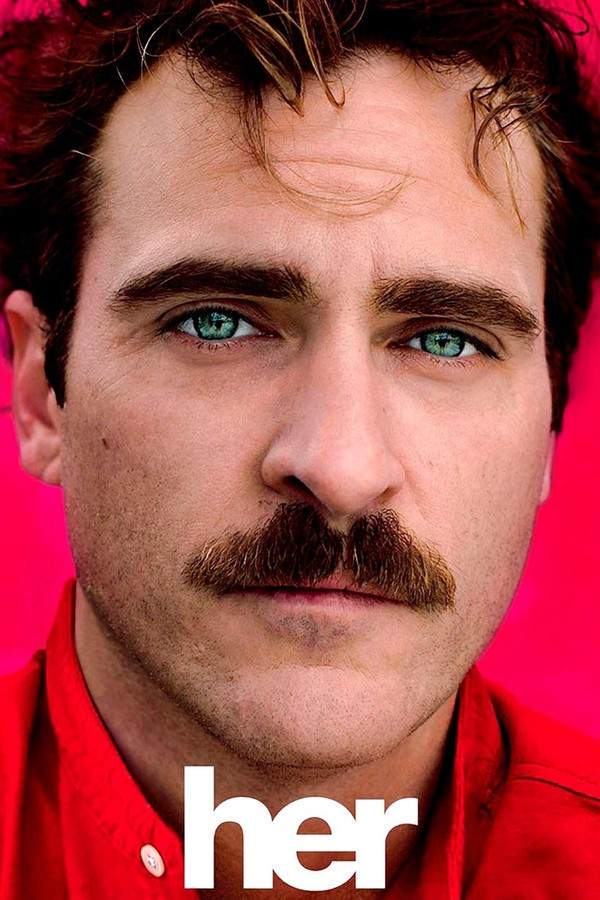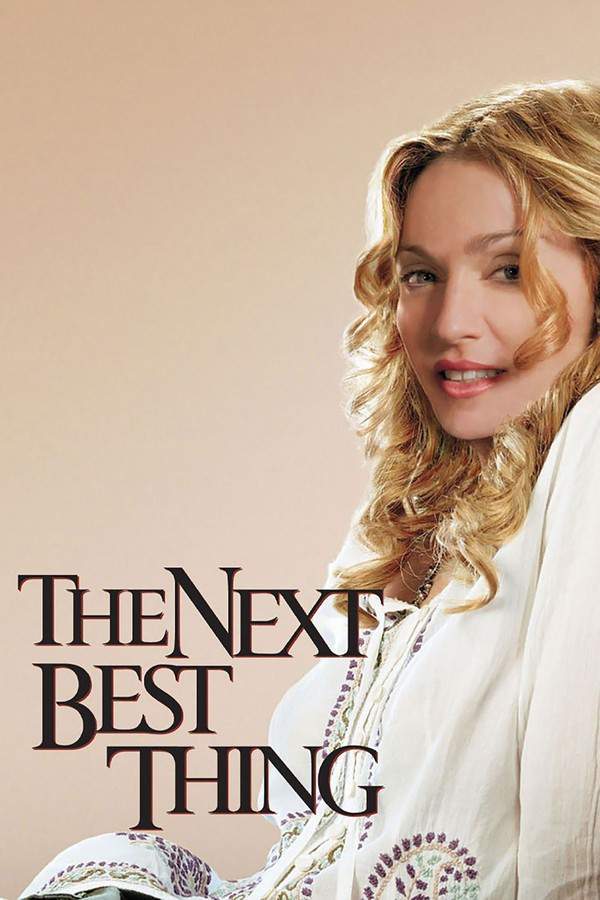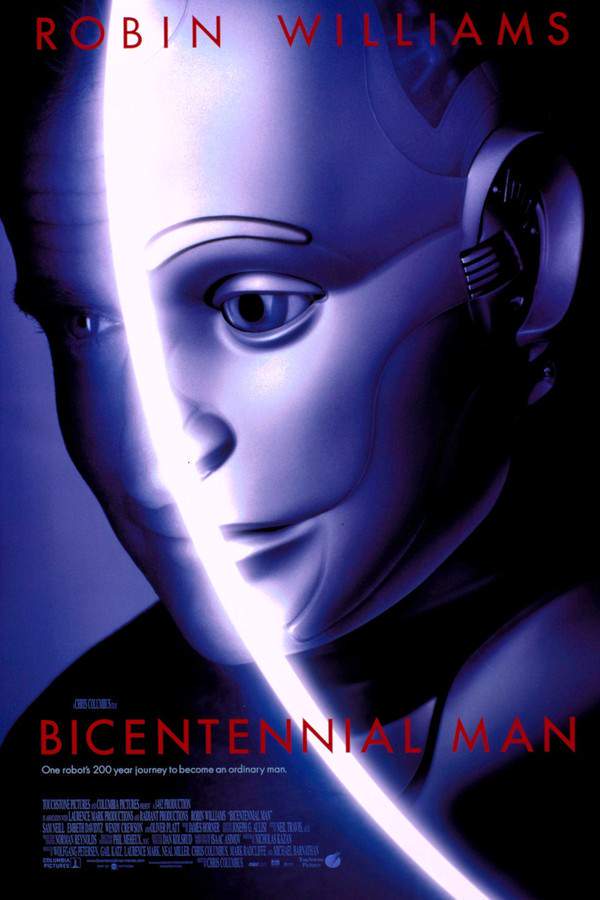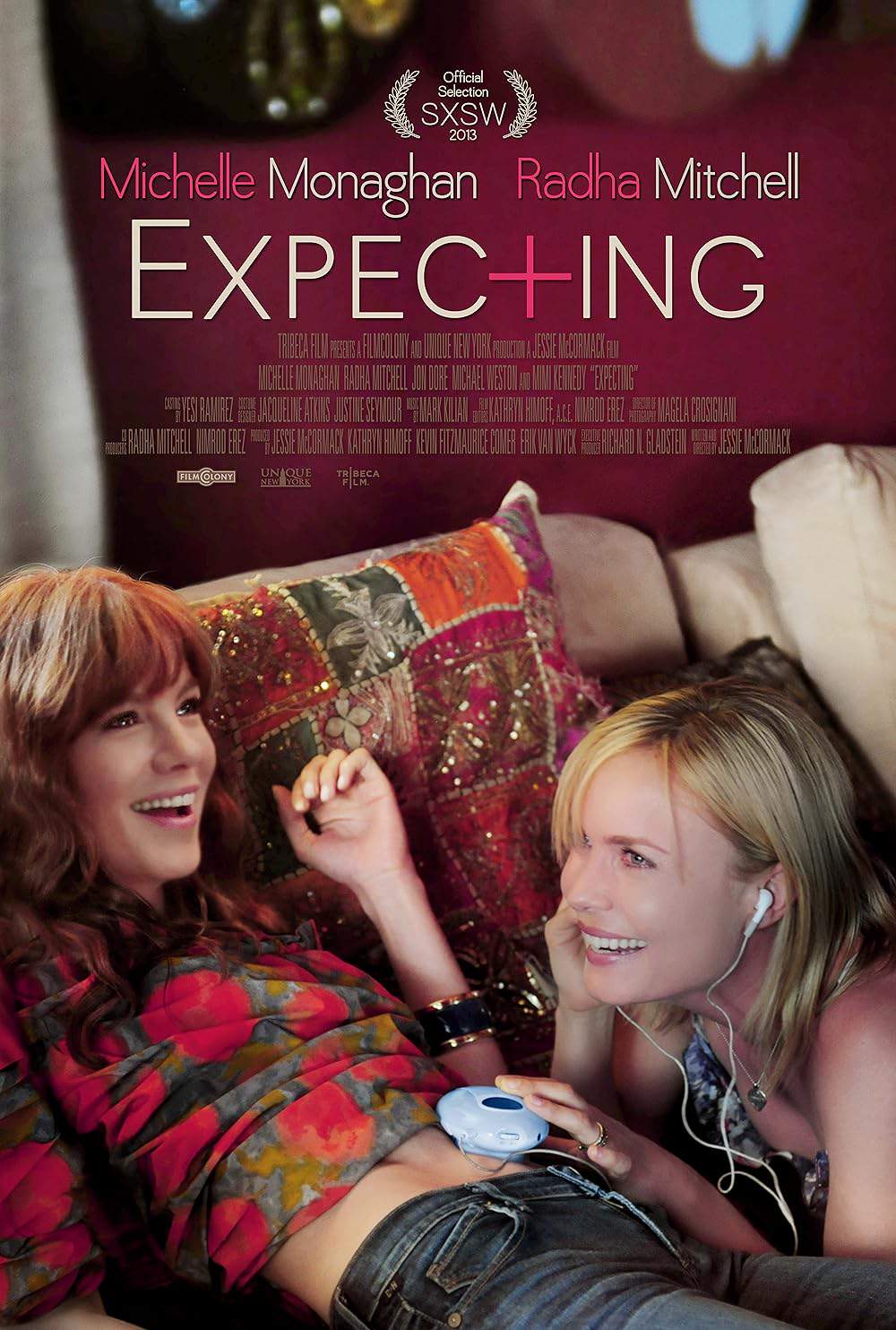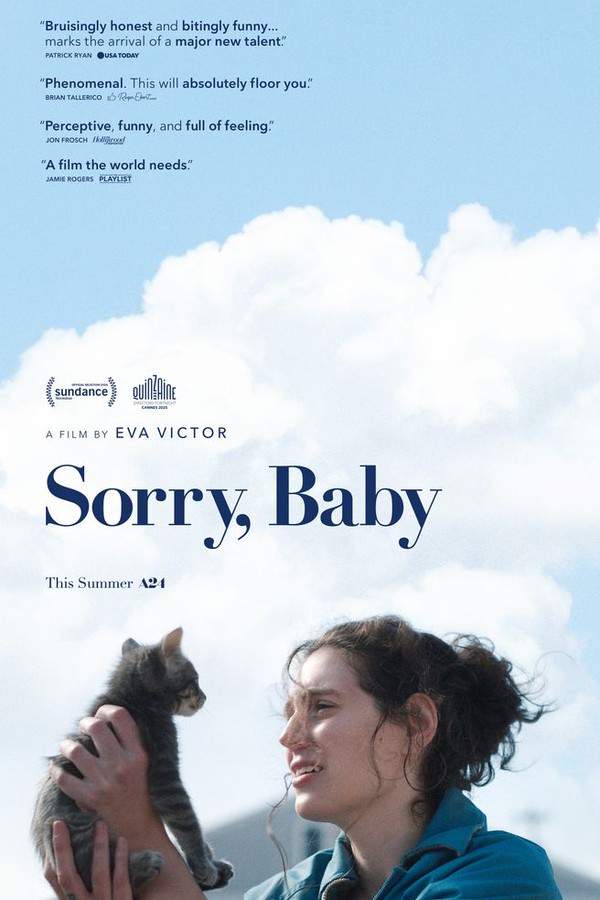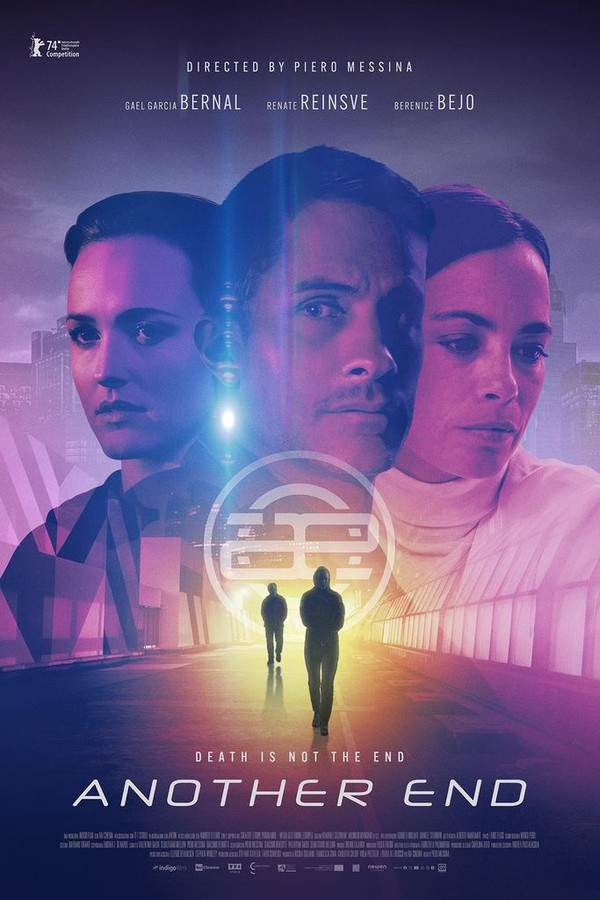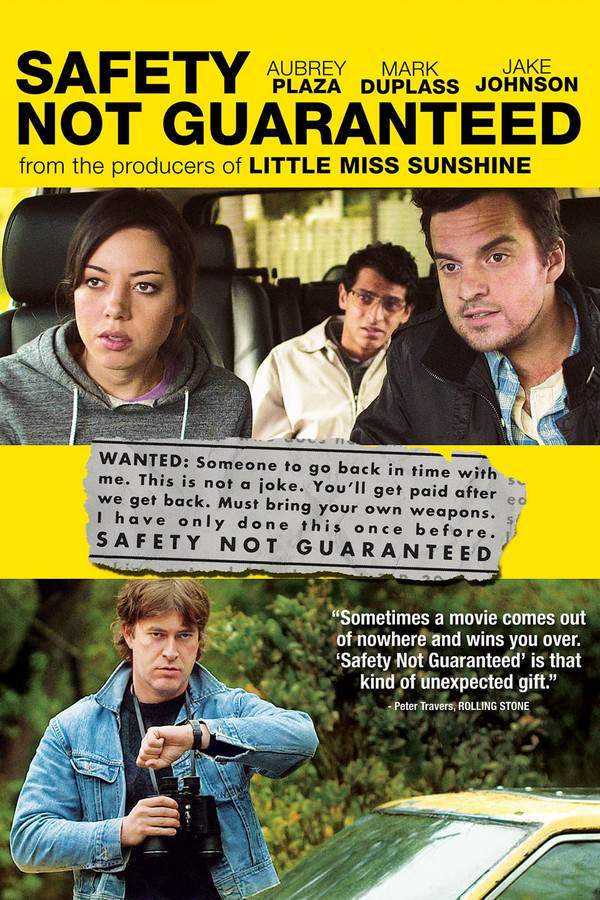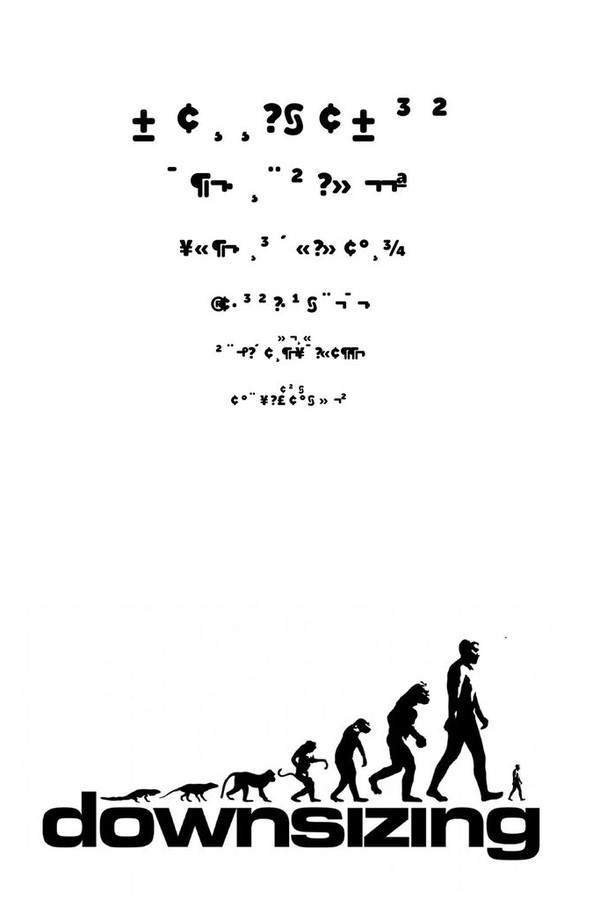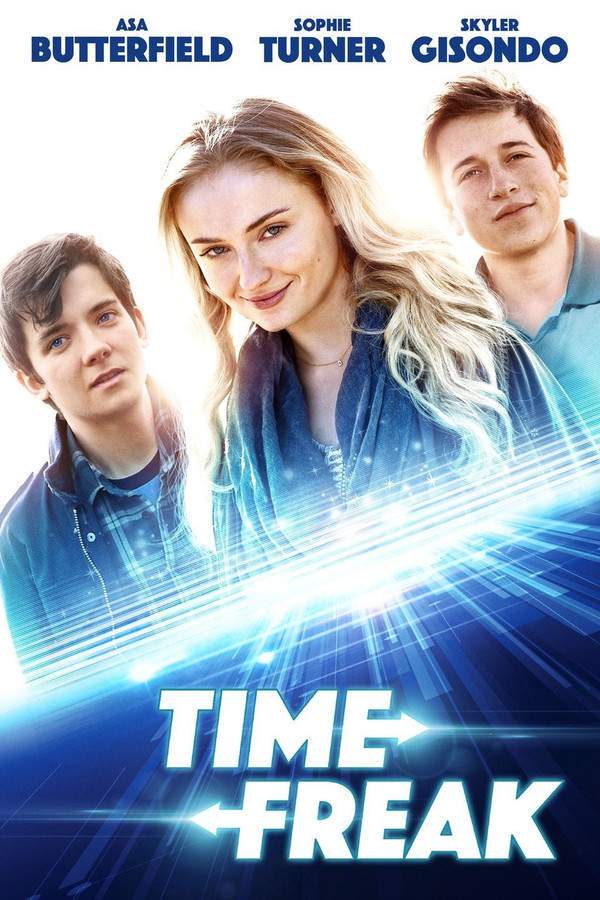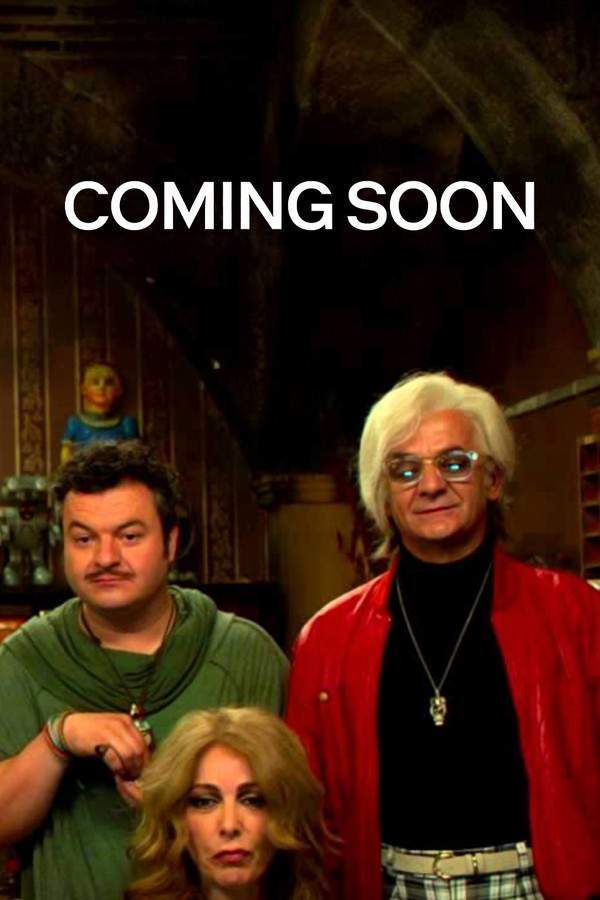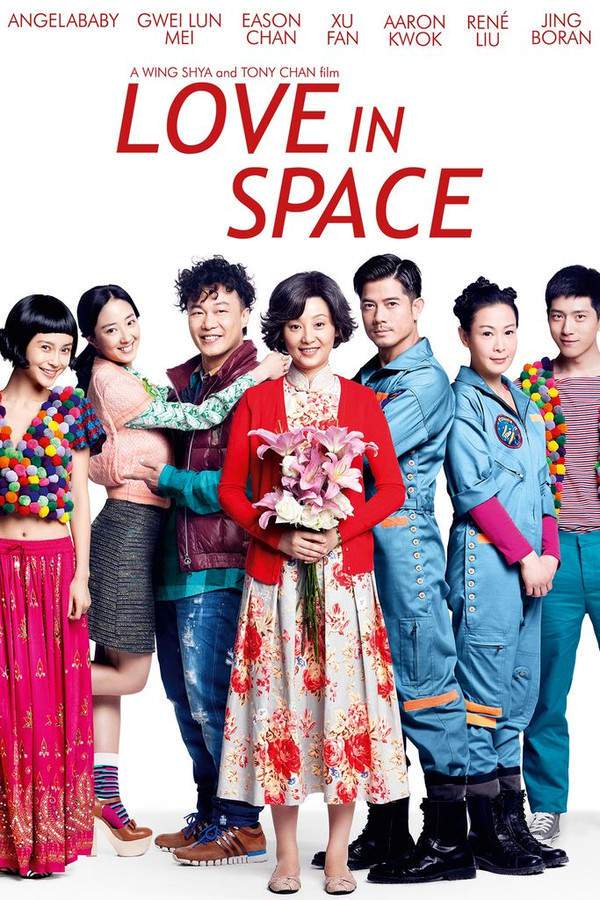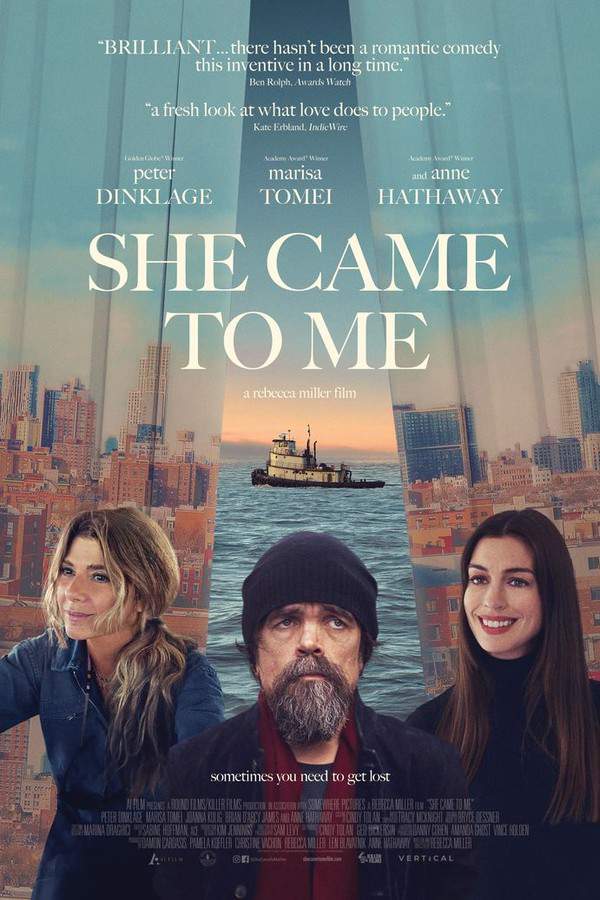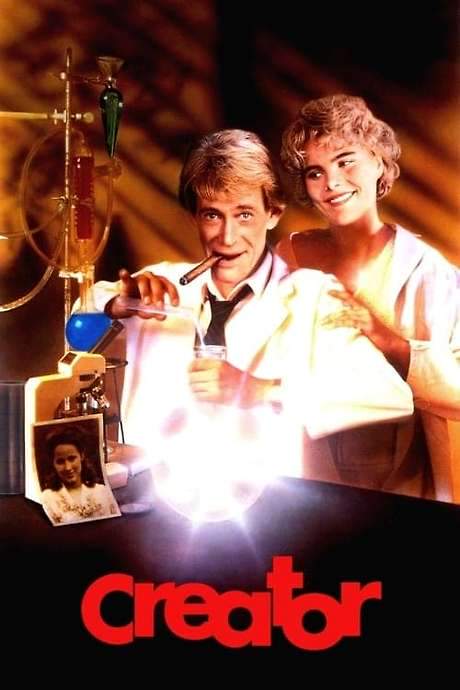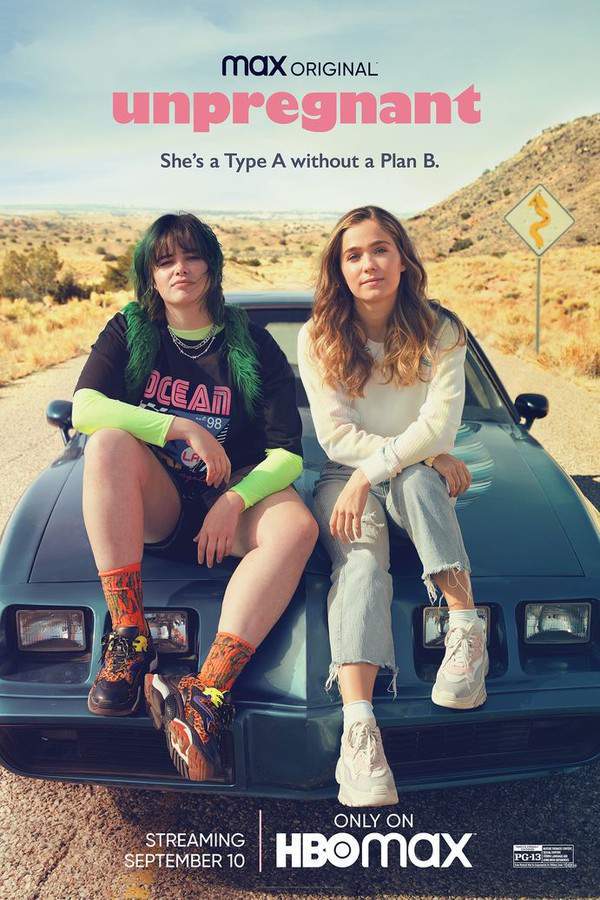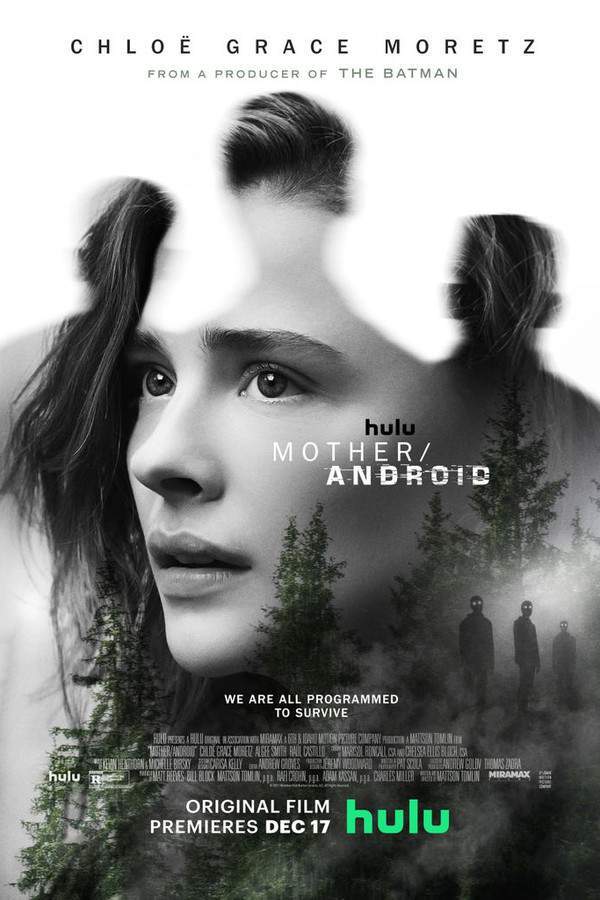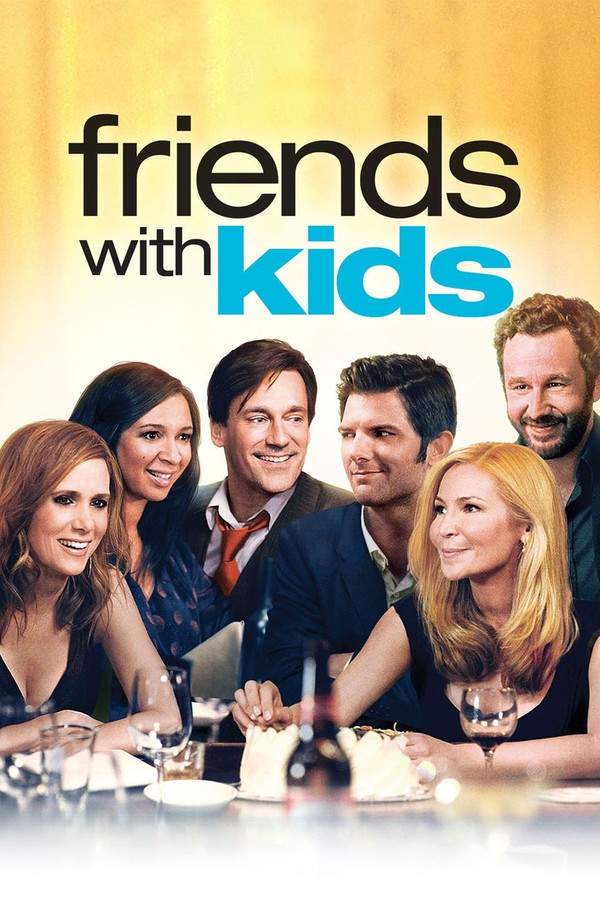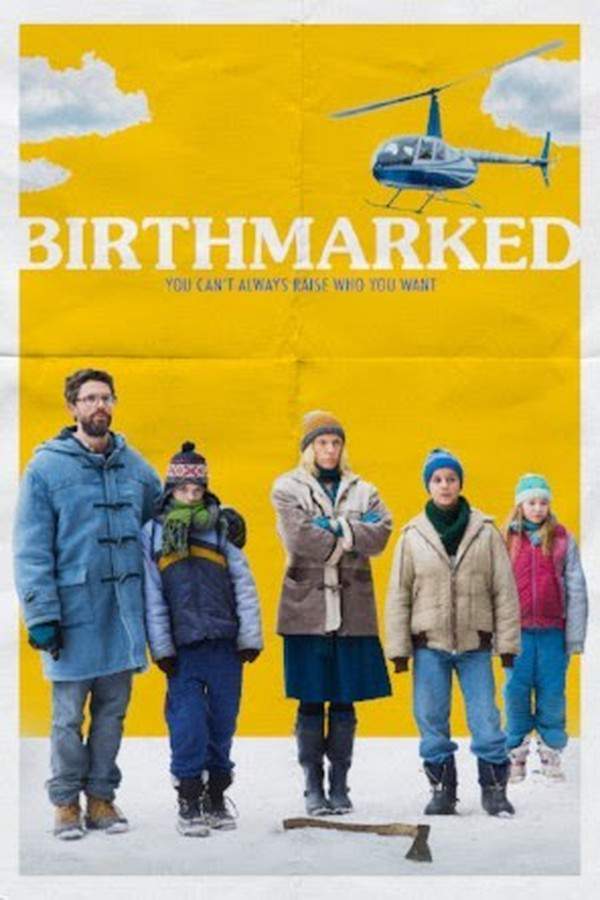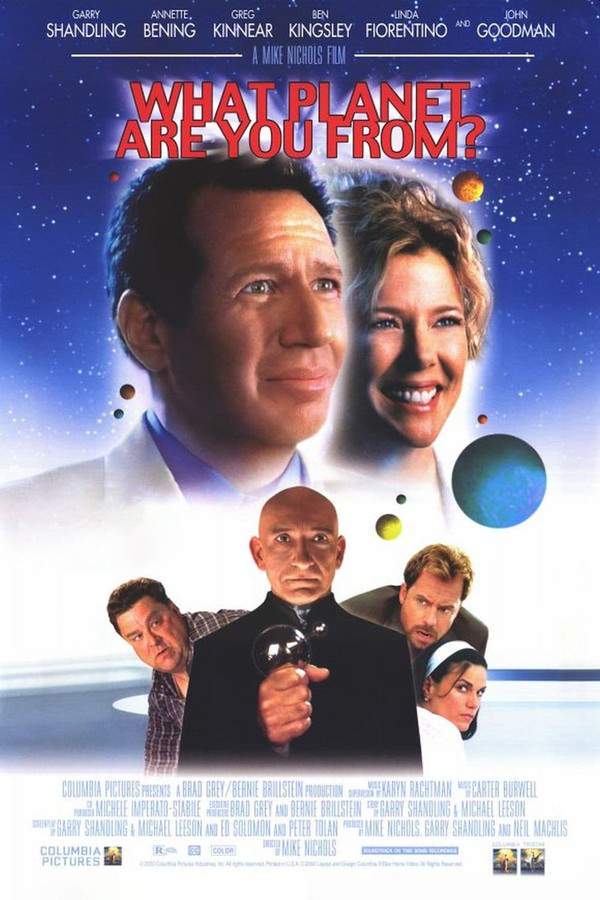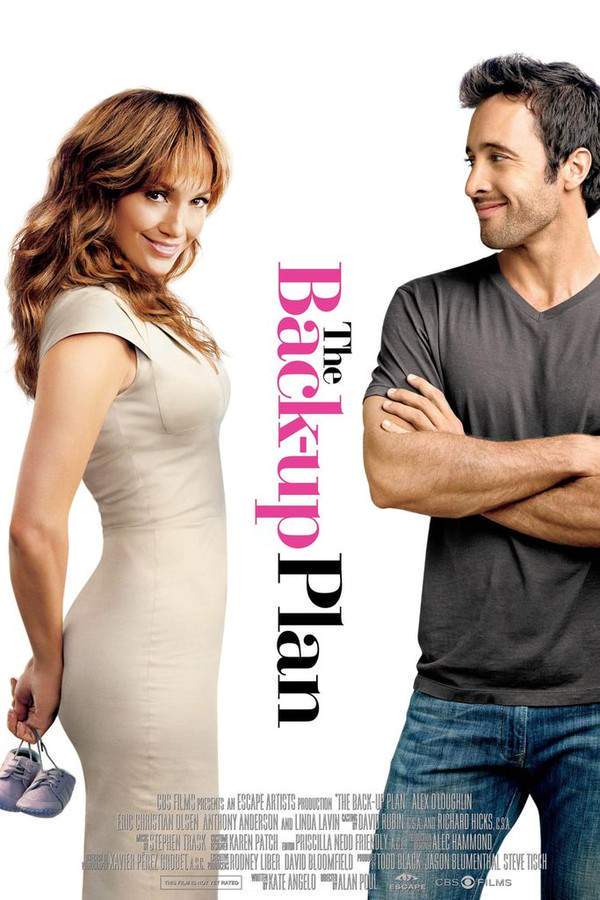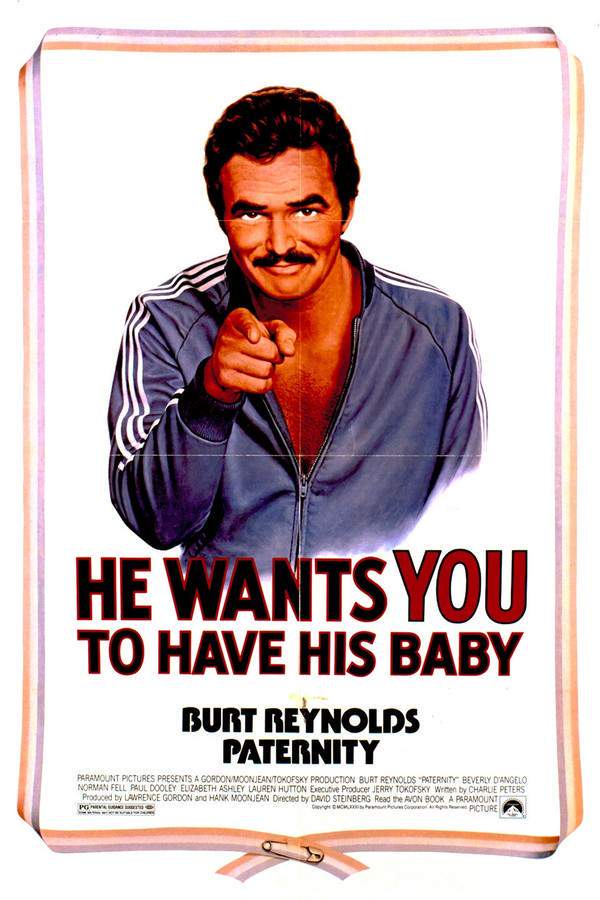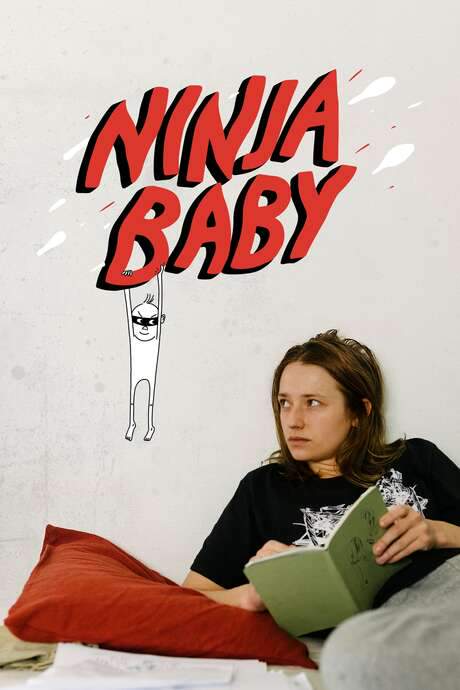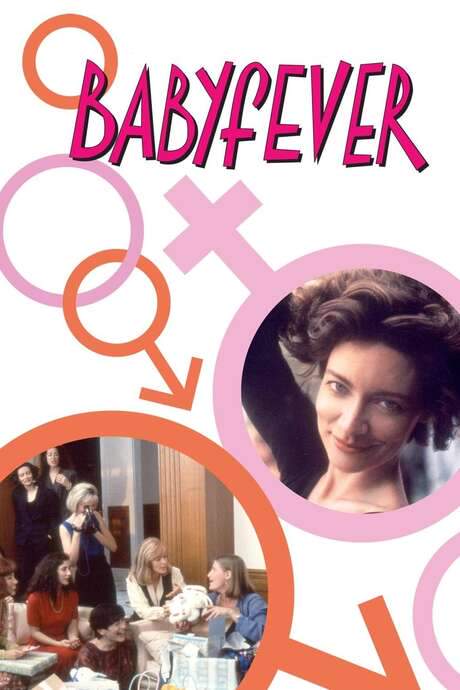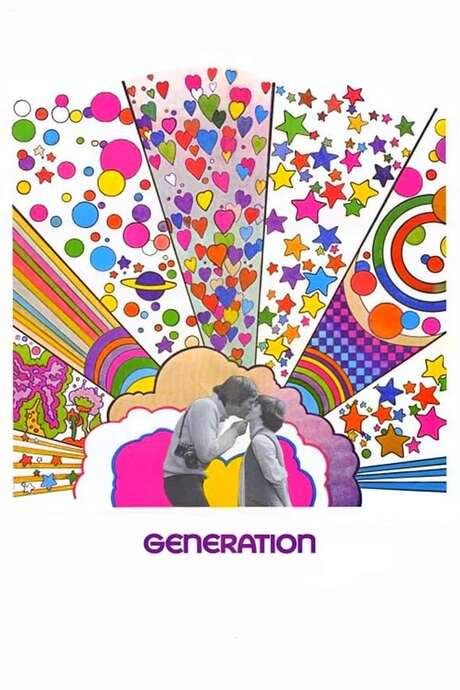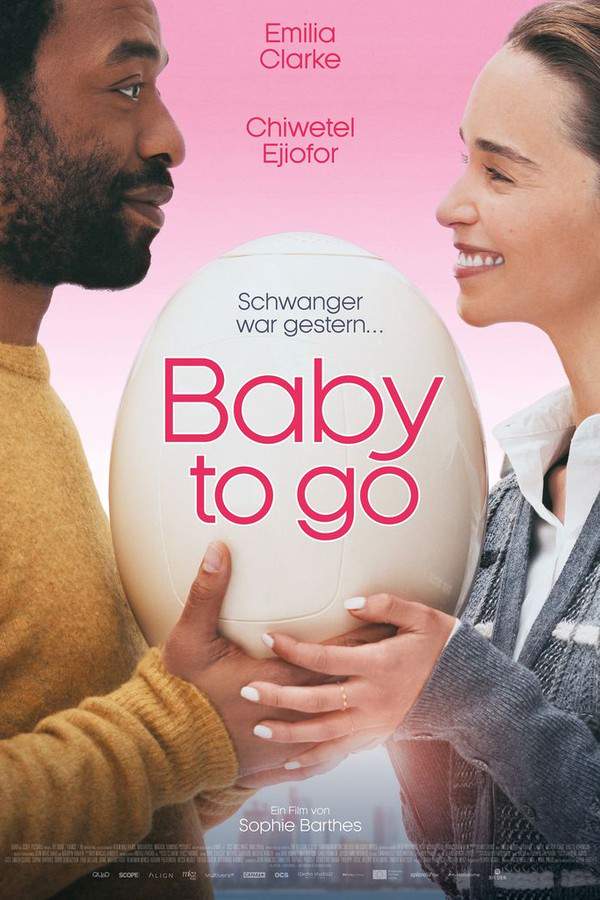
The Pod Generation
In a future where technology reshapes the traditional family, a couple embarks on an unusual journey toward parenthood. Rachel and Alvy enroll in the Womb Center, a facility utilizing artificial wombs, or "pods," enabling them to share the experience of pregnancy and co-parent in a novel way. As they immerse themselves in this cutting-edge approach, their relationship faces unexpected challenges and they confront the evolving definition of family and what it means to be a parent.
Warning: spoilers below!
Haven’t seen The Pod Generation yet? This summary contains major spoilers. Bookmark the page, watch the movie, and come back for the full breakdown. If you're ready, scroll on and relive the story!
The Pod Generation (2023) – Full Plot Summary & Ending Explained
Read the complete plot breakdown of The Pod Generation (2023), including all key story events, major twists, and the ending explained in detail. Discover what really happened—and what it all means.
Set in a not-so-distant future in New York City, Rachel Novy finds herself in a serene dreamscape, envisioning the joys of motherhood. However, her real life is far from this peaceful fantasy, as the demands of her career leave little space for a traditional pregnancy. Despite the shared aspiration to start a family with her husband, Alvy, both their lives are heavily influenced by the pervasive presence of artificial intelligence in every facet, from their jobs to their home environment. Personal AI assistants orchestrate their daily schedules, while replicated nature pods serve as a substitute for authentic outdoor experiences.
Rachel, dedicated and efficient in her role at Pegazus, a leading tech company, receives a well-deserved promotion alongside a fascinating proposition: Pegazus will cover the hefty costs associated with childbirth through the innovative services of the Womb Center, a subsidiary aiming to combat the declining birth rates spurred by the significant physical and emotional impacts of childbirth. This staggering decline poses a threat to global population stability, making the Womb Center’s mission all the more critical. Their radical solution? Detachable remote wombs that resemble large eggs, enabling a new approach to conception.
Faced with this offer, Rachel is initially overwhelmed but views it as an incredible opportunity, especially when the Womb Center confirms her acceptance into their program. In stark contrast, Alvy, an ardent botanist, is devoted to living a life that remains untainted by technology. The couple must confront their profound differences stemming from their diverging attitudes towards modern advancements; while Rachel is open to the technology, Alvy is drawn to spending his time nurturing live plants, an increasingly rare sight in their urban surroundings.
Upon learning of Rachel’s enrollment in the Womb Center program, Alvy is taken aback, struggling to comprehend her independent decision to pursue an unconventional form of parenthood. His concerns extend beyond their misunderstanding, as he grapples with the implications of altering the natural childbirth process. Despite encouragement from Rachel’s friends and her AI therapist, Alvy’s resistance prevails until his deep affection for Rachel and her fervent desire for a child prompts him to reluctantly consent to the pod-based childbirth approach.
Over time, Alvy transitions from skepticism to a genuine fascination with the pod, developing a bond with the unborn child it carries, ultimately treating the pod as if it were his own child. Conversely, Rachel distances herself from the pod, burdened by doubts and yearning for the authentic experience of pregnancy. She faces judgment and hypocrisy from her colleagues when she brings the pod to work, as Alvy does.
As Rachel and Alvy’s concerns grow regarding the Womb Center’s changing stipulations—specifically, the company’s move to shorten the childbirth timeline to just 39 weeks due to increasing demand—they worry for their baby’s welfare amidst the rapid pace enforced by the organization. This worry drives them to the decision to secretly retrieve the pod from the Womb Center and take it to Alvy’s home on Shell Island, aware that the Center will actively search for it.
While Alvy mentors Rachel on the advantages of their new natural environment, they discover that Womb Center has severed its remote support as punishment for their actions, jeopardizing the baby’s safety by disabling the digital access to open the pod. In a desperate turn of events, they are compelled to forcefully open the pod themselves, delivering their son safely. The following morning, as Alvy and their infant rest peacefully, Rachel carefully returns the damaged pod to the Womb Center, cutting ties with its technological influence to embrace a life grounded in nature rather than artificial enhancements, cradling her newborn son at home.
In a thought-provoking mid-credits scene, the CEO of Pegazus appears on television, making baffling declarations about the future where children may choose their own parents, alluding to the company’s plans to integrate AI directly into human embryos to accelerate their development beyond the normal limits.
Last Updated: November 15, 2024 at 17:12
Ending Explained – What Happens at the End of The Pod Generation?
Still wondering what the ending of The Pod Generation (2023) really means? Here’s a spoiler-heavy breakdown of the final scene, major twists, and the deeper themes that shape the film’s conclusion.
In the end, Rachel and Alvy find themselves at a crossroads where their beliefs about technology and childbirth clash. Initially, Rachel embraces the convenience and scientific marvel of the artificial womb pod, especially as her busy career leaves little space for traditional pregnancy. Alvy, on the other hand, is deeply rooted in his love for nature and traditional methods, viewing the artificial womb with suspicion and distrust. As Rachel’s health and emotional connection to the process deteriorate, Alvy begins to see the pod not just as a machine, but as his child, especially after spending more time alone with it. His attachment grows, and he even starts carrying it around himself, symbolizing a shift from skepticism to a more caring, parental attitude.
Towards the final act, the couple’s trust in the Womb Center begins to crumble due to changes in the company’s policies, which threaten the safety of their unborn child. Frightened by the idea of their baby being prematurely transferred, they steal the pod to keep control of the process and decide to distance themselves from the corporate dependency by moving to a remote, technology-free house on Shell Island. When the birth approaches, they discover that the Womb Center has remotely shut down the support system for the pod, putting the baby at risk. In a tense, almost primal moment, Alvy carefully opens the pod himself and gently takes out the newborn, performing what is essentially a manual birth. This act symbolizes a rejection of the artificial and corporate-controlled process, emphasizing the importance of natural, human connection in parenthood.
The film concludes with Alvy and Rachel raising their child in a more natural environment, away from the influence of technology. Rachel sends the broken pod back to the Womb Center, signaling her disillusionment with the high-tech approach. The final scene hints at a disturbing future when the CEO of Pegazus appears on TV, claiming that in the future, babies might choose their parents, and suggesting the potential for even deeper AI integration into human life. This ending leaves the audience contemplating the implications of allowing technology to define human relationships and the essence of parenthood, ultimately favoring a return to nature and genuine emotional bonds.
Last Updated: June 25, 2025 at 08:59
Explore Movie Threads
Discover curated groups of movies connected by mood, themes, and story style. Browse collections built around emotion, atmosphere, and narrative focus to easily find films that match what you feel like watching right now.
Movies about technology and parenthood like The Pod Generation
Couples navigating the emotional complexities of futuristic family life.If you liked The Pod Generation, explore these similar sci-fi stories where couples use futuristic technology to create a family. These movies blend romance, comedy, and drama to thoughtfully examine the bittersweet nature of high-tech parenthood and the evolving meaning of family.
Narrative Summary
Stories typically follow a couple as they adopt a groundbreaking but unsettling technological solution for starting a family. Their initial excitement gives way to unexpected emotional and ethical challenges, leading to a crisis that forces them to confront corporate influence and rediscover a more authentic, human connection.
Why These Movies?
They are grouped by their shared focus on a near-future setting, a moderately complex narrative involving relationship strain, and a bittersweet emotional mix that balances hopeful themes with melancholic undertones about the cost of progress.
Intimate future dramedies and relationship stories like The Pod Generation
Character-driven stories set in plausible, mildly dystopian futures.Find more movies like The Pod Generation that blend science fiction with comedy and romance in a near-future setting. These films feature steady pacing, medium emotional weight, and a focus on how technology impacts personal relationships and everyday life.
Narrative Summary
The narrative pattern centers on ordinary people within an extraordinary world. The plot is driven by personal choices and relationship conflicts rather than external threats. The emotional journey is one of self-discovery and connection, often leading to a resolution that is hopeful yet realistically complicated.
Why These Movies?
They share a specific vibe: a steady-paced, medium-intensity viewing experience that combines speculative world-building with the emotional nuances of a relationship drama, all filtered through a lens of gentle comedy and thoughtful observation.
Unlock the Full Story of The Pod Generation
Don't stop at just watching — explore The Pod Generation in full detail. From the complete plot summary and scene-by-scene timeline to character breakdowns, thematic analysis, and a deep dive into the ending — every page helps you truly understand what The Pod Generation is all about. Plus, discover what's next after the movie.
The Pod Generation Timeline
Track the full timeline of The Pod Generation with every major event arranged chronologically. Perfect for decoding non-linear storytelling, flashbacks, or parallel narratives with a clear scene-by-scene breakdown.

Characters, Settings & Themes in The Pod Generation
Discover the characters, locations, and core themes that shape The Pod Generation. Get insights into symbolic elements, setting significance, and deeper narrative meaning — ideal for thematic analysis and movie breakdowns.

The Pod Generation Ending Explained
What really happened at the end of The Pod Generation? This detailed ending explained page breaks down final scenes, hidden clues, and alternate interpretations with expert analysis and viewer theories.

The Pod Generation Spoiler-Free Summary
Get a quick, spoiler-free overview of The Pod Generation that covers the main plot points and key details without revealing any major twists or spoilers. Perfect for those who want to know what to expect before diving in.

More About The Pod Generation
Visit What's After the Movie to explore more about The Pod Generation: box office results, cast and crew info, production details, post-credit scenes, and external links — all in one place for movie fans and researchers.

Similar Movies to The Pod Generation
Discover movies like The Pod Generation that share similar genres, themes, and storytelling elements. Whether you’re drawn to the atmosphere, character arcs, or plot structure, these curated recommendations will help you explore more films you’ll love.
Explore More About Movie The Pod Generation
The Pod Generation (2023) Scene-by-Scene Movie Timeline
The Pod Generation (2023) Movie Characters, Themes & Settings
The Pod Generation (2023) Ending Explained & Theories
The Pod Generation (2023) Spoiler-Free Summary & Key Flow
Movies Like The Pod Generation – Similar Titles You’ll Enjoy
Unpregnant (2020) Complete Plot Breakdown
Mother/Android (2021) Story Summary & Characters
Friends with Kids (2012) Movie Recap & Themes
Birthmarked (2018) Detailed Story Recap
What Planet Are You From? (2000) Detailed Story Recap
The Back-up Plan (2010) Full Summary & Key Details
Fully Realized Humans (2021) Full Movie Breakdown
Paternity (1981) Spoiler-Packed Plot Recap
The Pill (2011) Film Overview & Timeline
The Unborn (1991) Film Overview & Timeline
Ninjababy (2021) Complete Plot Breakdown
Making Babies (2023) Spoiler-Packed Plot Recap
Babyfever (1994) Film Overview & Timeline
The Baby Formula (2008) Ending Explained & Film Insights
Generation (1969) Story Summary & Characters

